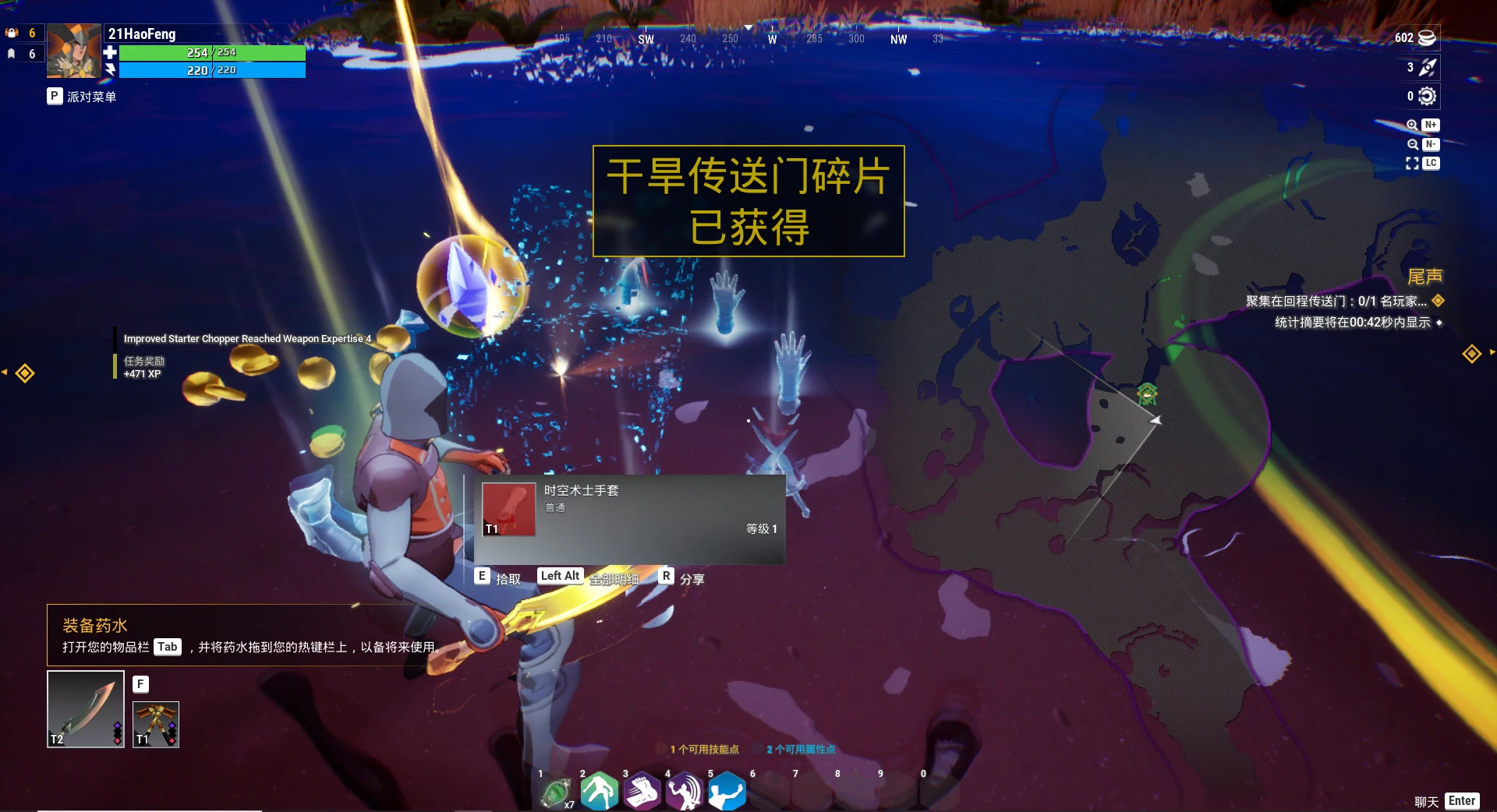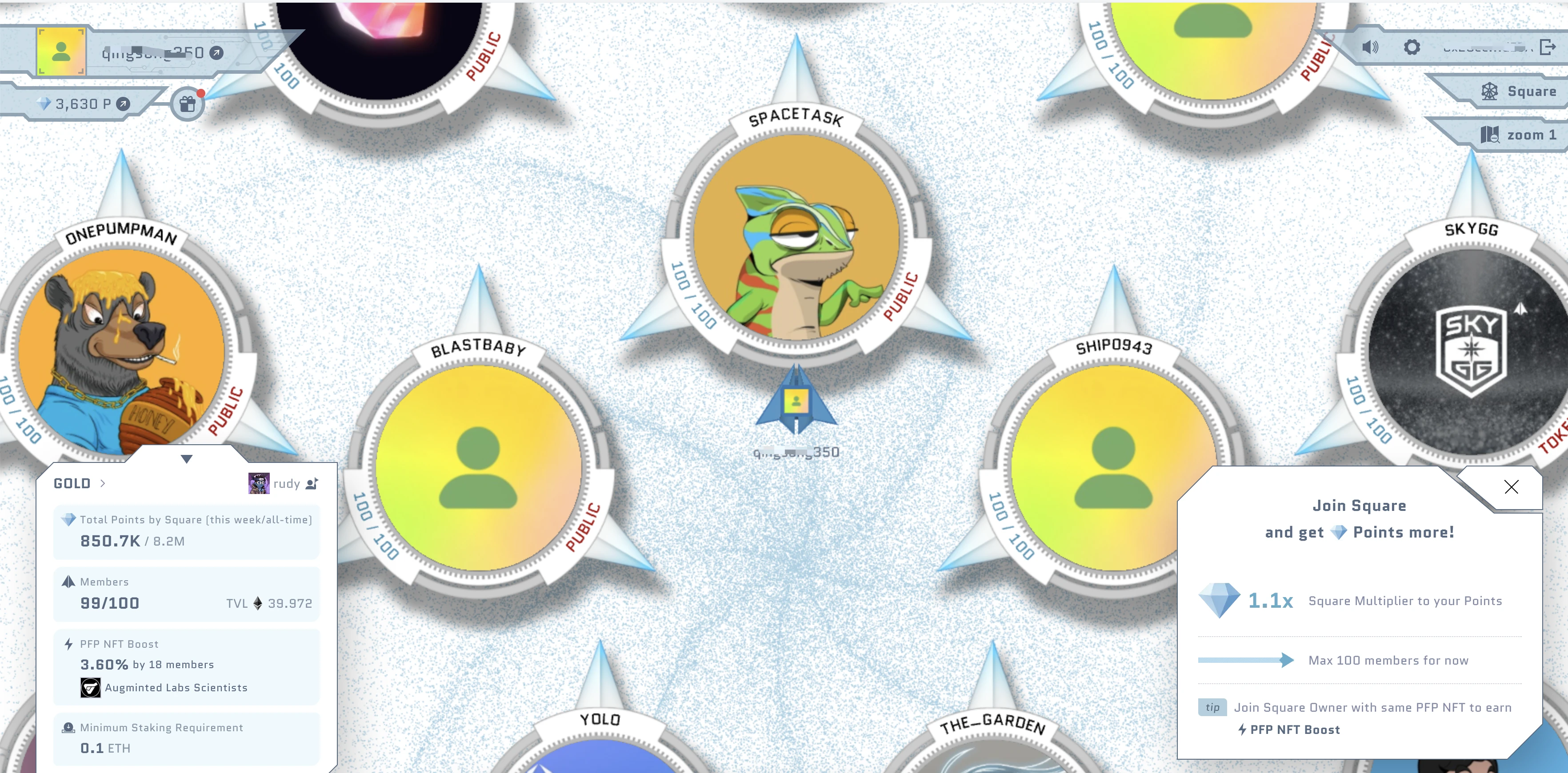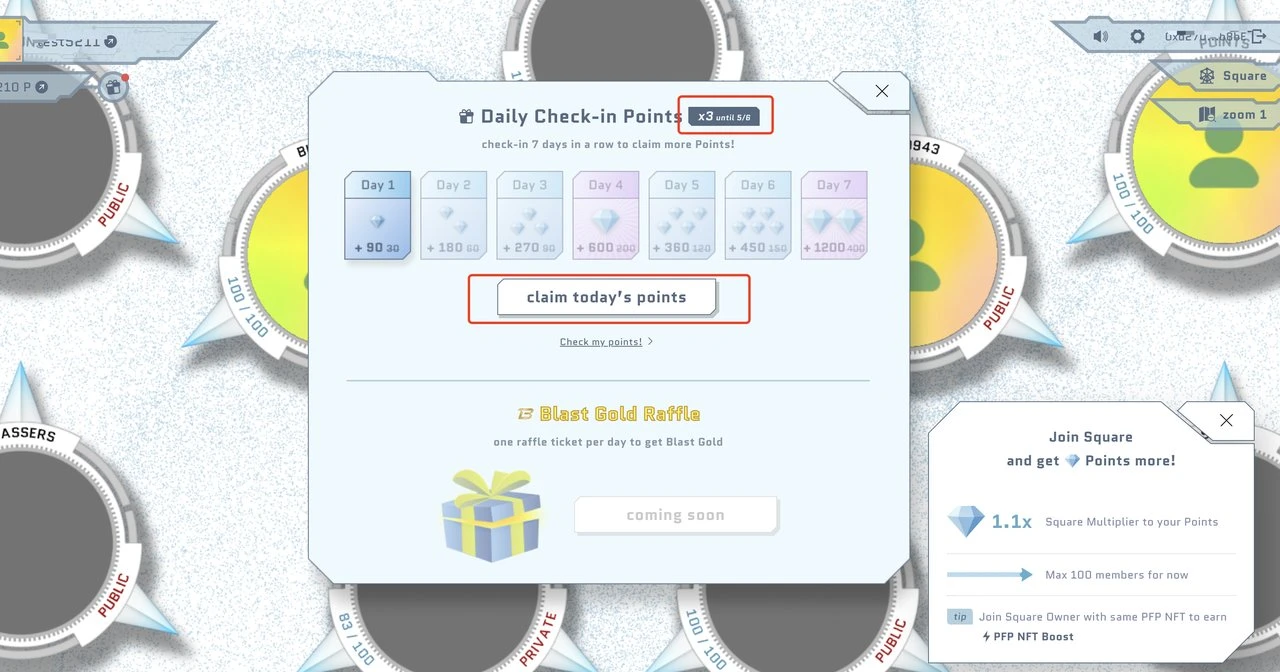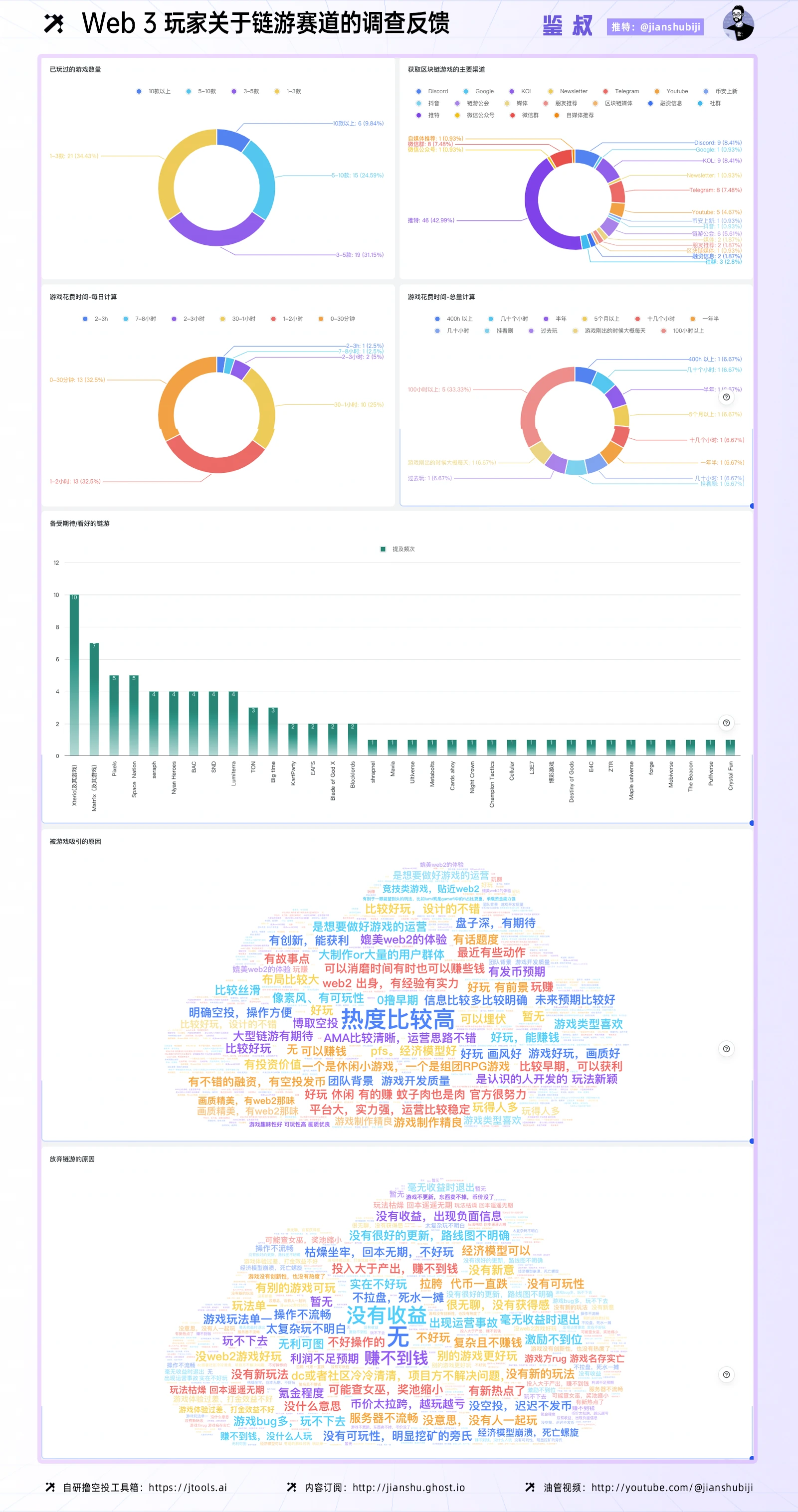About blockchain games: I conducted a survey, talked to 62 players, and came to 7 conclusions
Speaking of blockchain games, I believe many old Web 3 OGs will think that this is a useless track. You say its okay, it has been developed for so many years, but there hasnt been a competitive one so far. Finally, a competitive one came out, but it was held down as soon as it came out… But if you say its not okay, the capital sides money is blowing in like a strong wind, nourishing a number of AAA-level blockchain games, and the key games have also been made, and there is a certain degree of playability, but the coin price just cant be pulled up…
In the first half of the year, our team also began to focus on the research of the blockchain game track. I and my team members also experienced a lot of games. After experiencing them, we found that some games are quite fun, and some games are actually Web2 small games moved to Web3 and put on the chain without creativity. Of course, there are also some blockchain games that cannot be called games, but they have also received financing and listed on major exchanges…
So, after studying this, I cant help but want to explore a few questions:
1. What does the current blockchain gaming track need more, “game play” or “gamification”?
2. What is the difference between them?
3. From the perspective of Web3 players, what do they need more?
In order to clarify these issues, I spent 5 days conducting an in-depth survey of 62 players. Based on the feedback, I came to 7 conclusions about blockchain games. In the second part of the article, I will also focus on analyzing these survey results. However, before the analysis, I would like to talk about the gameability issue that is currently the most discussed in the blockchain game track, and the difference between it and gamification.
One word difference, a world of difference
In November 2019, the founder of MixMarvel proposed the term GameFi, and a new track came into being. Three years later, the globally popular Axie and StepN gave this track a new way of playing – X to Earn, and opened the first year of Web 3 game financing, with a financing amount of nearly 10 billion US dollars. Subsequently, a number of AAA games were invested in research and development. This track has evolved from being about Fi in the beginning to being about gameability now.
Everyone is talking about gameness, but what exactly does gameness mean? How is it different from gamification?
Here is a cake analogy:
Gameplay refers to the core gameplay and experience of a game, which includes the rules, challenges, interactions, and how players have fun in the game. You can think of gameplay as a cake, which is the main body of the cake and determines the basic taste and shape of the cake.
What about gamification? It refers to the application of game design elements, game thinking and game mechanics to non-game scenarios to increase user engagement and motivation. It is like the decorations and frosting on the cake, which make the cake look more tempting and make you want to eat more, but it is not the cake itself.
In other words, gamification determines appetite, making you want to eat, while gameness determines taste and determines whether it is delicious.
For Web3 chain games, gameplay is the foundation of the game, and it is the direct way for players to play games, experience stories, interact and compete. Gamification is how to use game mechanisms to motivate players to participate in community building, market transactions and other distinctive activities in Web3.
For example, Bigtime is a typical Web3 game with game play. First of all, from the scene point of view, the game has different scenery, and there are different scene designs corresponding to different dungeons. These unique and novel designs will not make players feel boring and repetitive, and enhance the experience during the game. Secondly, the random drop of top-quality equipment and NFTs from monsters can also make people feel excited, just like scratch cards, providing a lot of cool points; moreover, the growth and improvement of players in the game also makes the game more playable. Game technology can be defined as the players fixed assets. This so-called asset is constantly honed by the player through the game. Players will defeat those dungeons and bosses that they cannot beat by practicing hard, and even through technology, zero-krypton players can defeat krypton gold bosses, giving players a feeling that they are really improving and getting stronger.

There is also the chain game Cards AHoy that I shared on Twitter before. It is also a representative of Web3 games with game play. As a card chain game, CA is easy to play, with its own Meme style, and easy to get started with a 60-second game. Players can pre-configure their own combat teams. In PVP, pre-configured decks take turns to play, and each card has a certain blood bar energy, which is played in a round-robin manner and collides in turn. The energy of the opponents card is consumed according to the skills and attack attributes. Once the energy of a card is zeroed, the next card is replaced until all the cards are consumed. It is a bit like an extension of the Tian Ji horse racing model. The gameplay seems simple, but in fact, it has been deeply expanded in terms of gameplay, such as daily physical changes, adding new races and skill types, and making articles on time series.

It can be said that there are indeed some good projects in Web3 games in terms of playability that have been recognized by players. However, in fact, the track of improving playability is not competitive, because there are only a handful of Web3 games that are really fun. After all, it takes time and skill to make a delicious cake.
Therefore, when some blockchain game project developers found that they could not rely on “gameness”, they chose to rely on “gamification”, using the incentive mechanism in Web3 to the extreme and began to frantically “embroider” and “sprinkle icing” on the “cake”, such as the blockchain game Spacebar on the Blast ecosystem.

This game was included in the 2 X Points list when Blast Ecosystem launched the 2 X Points activity. I believe many players who play Blast Points have also tried it. Its development company AO Labs received $4.5 million in financing led by YGG, and it is also a blockchain game with a background.
The core gameplay of Spacebar is very simple:
1. Register an airplane account
2. Flying an airplane to travel in space, there are other planets (projects) and planet introductions (project introductions) in space
3. Long press the spacebar to enter the planet (project) to see the project introduction, community link and some TVL introduction

In addition to the above main gameplay, Spacebar itself also launched a daily sign-in to get points activity, which seems to be related to the points of the Blast ecosystem, because I personally experienced that after signing in for a week, I got gold points in the Blast ecosystem. In addition to signing in, you can also enter Stake in Spacebar, stake your ETH, and get double points from Spacebar and Blast ecosystems.
You see, whether I experience it myself or I introduce you how to play it here, you will find that it doesn’t feel like a “game” at all, right?
Although the interface interaction is made into airplanes and interstellar space, plus various planets and music rendering, which makes you feel like you are playing a game, but after experiencing it for a while, you will find that this is just the gamification of the process of users entering Web3 and understanding the project.
It attracts you to enter the game every day by signing in to get points (it has also held a 3X points event before), and then attracts you to stake ETH to provide TVL by cooperating with the Blast ecosystem, and get 2X points from Blast by the way. Later, it uses gamification actions to let you learn about other ecological projects.

Every action here is not to make the cake more delicious, but to make you want to eat more. Various points are given through incentives such as sign-in, staking, and cooperation with well-known ecosystems, making you more motivated to participate and immerse yourself in playing.
But are you playing a game? Yes and no. If you must call it a game, then the name of the game should be mining points to get tokens. If you say it is not a game but another form of DeFi, it seems to be fine…
Other “gamified” blockchain games include Xpet, Xmetacene, Notcoin, which has recently become popular in the Ton ecosystem, and Catizen, which has over 10 million instant users. All of them have done a lot of work on the incentive mechanism and then “gamified” the process of players coming in to mine.
But can you say that it is wrong to embroider on the cake? What if the diners just want to see a more exquisite cake?
What do Web3 players value more?
In fact, whether a cake is delicious is a slightly subjective judgment. Different people have different opinions. It is indeed not easy to make a cake that everyone thinks is delicious, but it is not difficult to make you want to eat it. As long as you put in various incentive points to lure you, you will want to eat it very much.
So is the current Web3 more suitable for making a cake that people want to eat, or a cake that people think is delicious?
The person who is qualified to answer this question is not the person who makes the “cake”, but the “eaters” themselves.
That is, real Web3 players, what do they value more? Why do they play this game? How long have they played it? What is the most attractive point for them? Why did they quit the game?
Regarding these issues, I conducted a small sample size questionnaire survey with some fans and players, and came to 7 conclusions:
1. Currently, the number of blockchain games played by Web3 players is not large, basically less than 5;
2. The main channel for Web3 players to obtain blockchain game information is Twitter;
3. 90% of Web3 players spend no more than 2 hours a day playing blockchain games, and 57.5% of them spend less than 1 hour on blockchain games;
4. Game popularity is the main factor for players to decide whether to enter a blockchain game;
5. 30.6% of people play blockchain games because of gamification and Fi and other money-making factors as attractions. 29% of people play blockchain games because of game-like and rich gameplay, which is comparable;
6. 38.7% of people gave up on a blockchain game because of the disappearance of gamification or no longer having the appeal of making money, and 38.7% of people gave up on a blockchain game because of the disappearance of gameplay or not fun;
7. Among the highly anticipated blockchain games, the top 5 blockchain games most mentioned by players are: Xterio Eco-Blockchain Games, MATR1X, Space Nation, Pixels, and BAC Games;

To be honest, I was a little surprised after getting the results of this survey, because as an old Web3 investor, I always thought that people played blockchain games purely to make money, and not many people really cared about playability and game-playability. But after the survey, I found that half of the players would experience a game based on the fact that it is really fun.
In other words, half of the players have begun to shift their focus from the chain to the game itself. So, from this questionnaire, we can extract an insight:
The current Web3 Gaming track seems to have reached a turning point and has begun to truly return to health. The useless stage of Web3 Gaming seems to be coming to an end.
In fact, current Web3 players value both “playability” and “gamification” and are “betting on both sides.”
After all, the tastes of “diners” are also improving. No one wants to look at a beautifully decorated “cake” and then take a bite and find that it is a pile of shit…
In conclusion
Therefore, whether it is innovation in gameness or gamification in the blockchain game track, as long as there is innovation, it is good. But no matter how to innovate, we must never separate ourselves from demand before talking about innovation. Over the years, human beings basic needs have not changed. The needs for food and clothing, the needs for self-worth realization, in fact, after all, are just these few. So what has changed?
— — is a form of satisfaction of needs.
In the past, game manufacturers used Web2 games to meet people’s spiritual needs. Now, Web3 Gaming is nothing more than a different form of satisfaction, but the needs it meets are actually the same:
— — The need for mental freedom and emotional release.
But due to the difficulty of implementing Web3 Gaming, to be honest, there are very few Web3 games that are truly playable and can satisfy the spiritual needs of players, so we can only make a fuss about gamification. But can we say that Web3 Gaming has no future?
— — No, as long as people still have spiritual needs for games, Web3 Gaming will definitely have a future!
But when will this future that can fulfill the spiritual needs of players be realized?
— — It is unknown, the market is actually waiting for an explosion point.
However, there is no doubt that whether it is making a cake that makes people want to eat and gamify it, or making a cake that makes people feel delicious and game-like, the ultimate goal is only one:
Make the “cake” bigger!
In this way, both the person who makes the cake and the diners themselves benefit, dont they?
Disclaimer: All content on this site may involve project risks. It is for popular science and reference only and does not constitute any investment advice. Please treat it rationally, establish a correct investment concept, and improve risk prevention awareness. It is recommended to consider various relevant factors before interacting and holding, including but not limited to personal purchase purpose and risk tolerance.
Copyright Notice: The copyright of the quoted information belongs to the original media and the author. Without the consent of Uncle Jian J Club, other media, websites or individuals are not allowed to reprint this sites articles. Uncle Jian J Club reserves the right to pursue legal liability for the above-mentioned acts.
This article is sourced from the internet: About blockchain games: I conducted a survey, talked to 62 players, and came to 7 conclusions






